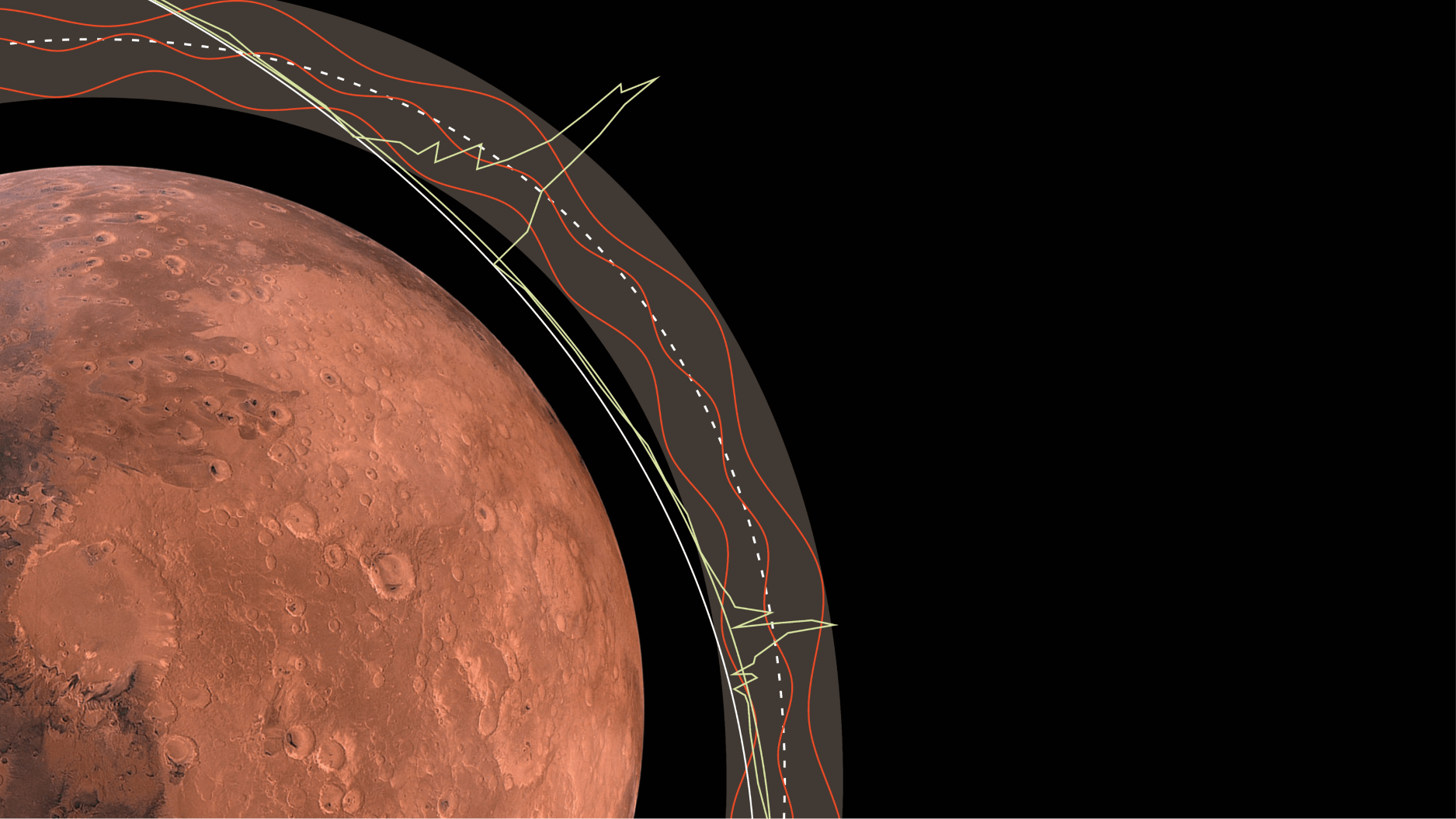Astronomers Discover Earthlike Planet 16 Light-Years Away

What’s the Latest?
Sci-News reports Australian astronomers have discovered what may be the most Earthlike planet among those known to humans. The scientists at the University of New South Wales spotted Gliese 832c (also known as HD 204961 or LHS 3685) orbiting a red dwarf star about 16 light-years away. Gliese 832c has a shorter year than Earth — 35 days rather than 365 — and contains five times as much mass. Despite these differences, Gliese 832c orbits in the red dwarf’s Goldilocks Zone, which is to say that its position within its star system makes it theoretically conducive to supporting life. Gliese 832c receives about the same amount of energy from its star as Earth does from the sun .
What’s the Big Idea?
Ellis Hamburger of The Verge notes that Gliese 832c’s elevated mass likely means the planet’s weather is hotter and more volatile than our own. This may push the planet towards being more of a super-Venus than a super-Earth. Still, the astronomers are excited:
“It will be interesting to know if any additional objects in the Gliese 832 system follow this familiar Solar System configuration, but this architecture remains rare among the known exoplanet systems.”
According to The Earth Similarity Index, Gliese 832c is among the top 3 most similar known planets to Earth, and certainly the closest (though another Gliese — Gliese 667Cc — is only about 22 light years away).
Read more at The VergeandSci-News
Photo credit: Len Savitskiy / Shutterstock





